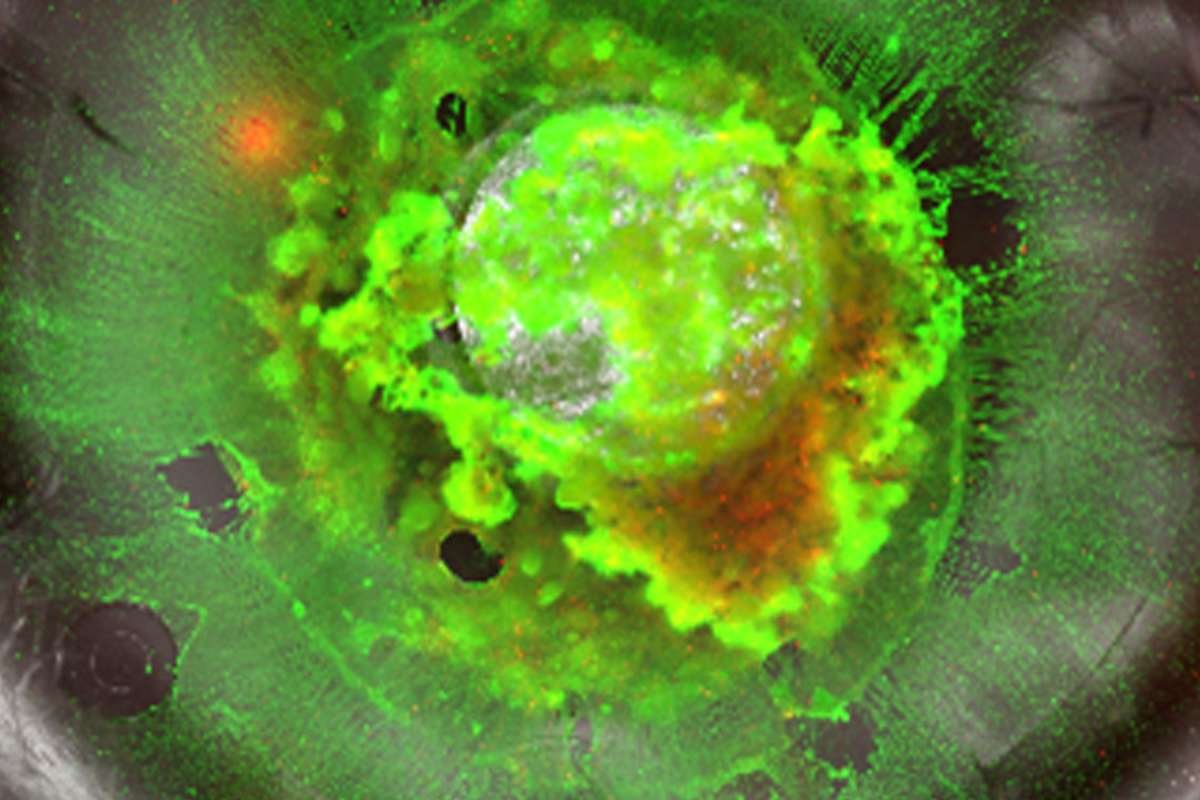Source-GETTY-IMAGES
Understanding Hibernation
A recent study published in eLife sheds light on the intricate molecular mechanisms governing hibernation in mammals. Hibernation, a survival strategy adopted by numerous animals, involves a state of deep dormancy characterized by significant reductions in metabolic activity, body temperature, heart rate, and respiration. During this period, animals rely on stored energy reserves, particularly fats, to sustain their bodily functions amidst harsh environmental conditions and food scarcity during winter.
Role of Myosin in Hibernation
Researchers investigated the role of myosin, a motor protein involved in muscle contraction, in hibernation. They found that myosin plays a crucial role in non-shivering thermogenesis during hibernation, where heat is produced independently of muscle activity. Through a comprehensive analysis of skeletal muscle samples from both small and large hibernation in mammals, the team explored changes in myosin structure and energy consumption during hibernation phases.
Insights and Implications
The study revealed that while larger hibernation in mammals maintain stable body temperatures during hibernation, smaller mammals experience significant drops in body temperature, leading to alterations in ATP turnover rates of myosin. Furthermore, the researchers discovered that Myh2, a specific myosin protein, undergoes significant phosphorylation during torpor, a hypo-metabolic state in small mammals. This phosphorylation process is suggested to increase myosin stability and mitigate skeletal muscle expenditure in response to cold exposure during torpor.
Conclusion:
Lead author Christopher Lewis, a postdoctoral researcher at the University of Copenhagen, emphasizes the significance of these findings in understanding the adaptive mechanisms of hibernation. He highlights the role of myosin in skeletal muscle non-shivering thermogenesis during hibernation and its potential implications for physiological adaptations in cold environments.
The study underscores the complexity of hibernation and the importance of further research to elucidate the molecular intricacies driving this survival strategy in mammals. By unraveling the molecular mechanisms behind hibernation, researchers aim to gain insights into novel therapeutic strategies for various physiological conditions and enhance our understanding of mammalian physiology in extreme environmental conditions.
Visit The Lifesciences Magazine For More











